the Piraeus Tower
A description and some pictures of the Piraeus Tower were published in Archdaily by Ethel Baraona Pohl.
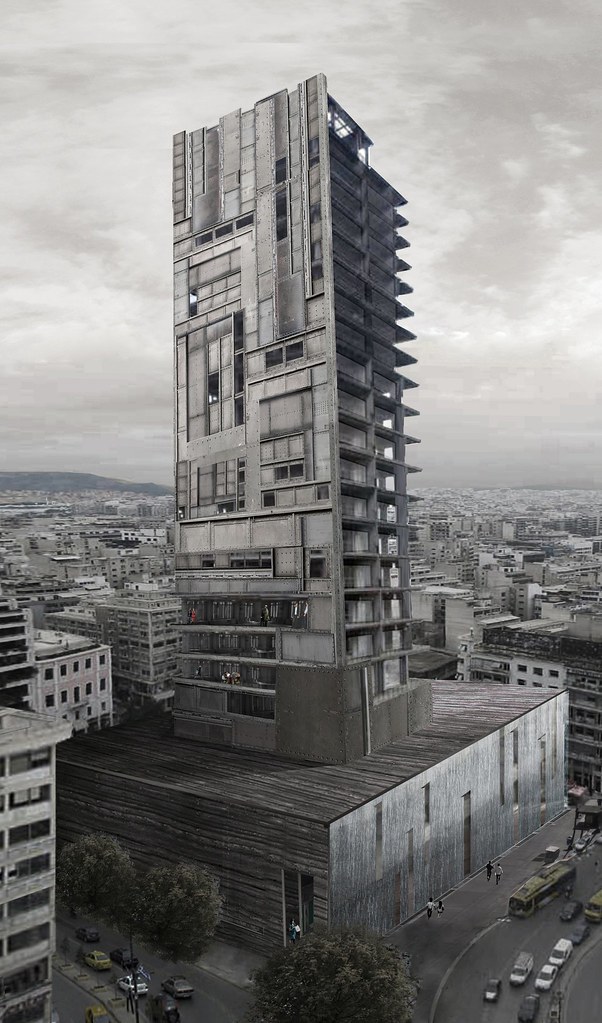
The tower is proposed as a monument of cancellation. This was the priority of the design. As such the Tower would have to be reinstalled in the port as a pervert, multiple move: at first, the building had to refer to its idiosyncratic past. This simple observation served as the starting point for the building's design. The tower was constructed as a technically challenging structure to prove the 'modern facade' of the seven-year dictatorship in Greece (1967-1974) and remained unfinished till now as the evidence of a failure. The notion of cancellation is the concept that determines the architecture.

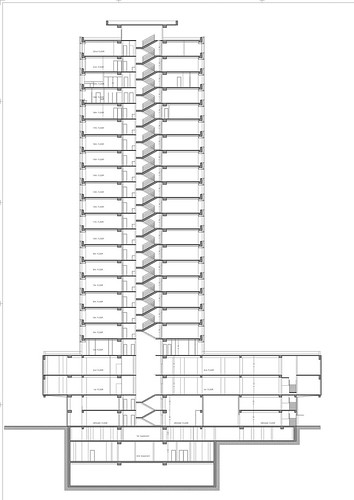
The challenge for this design was to reinterpret this short history with an architecture that would treat the existing tower as a monument or as an idiosyncratic ruin. From the other side, an inhabitable interior office space was prescribed by the program of the competition.
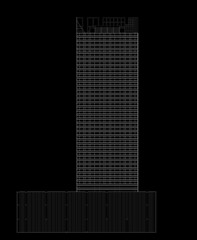
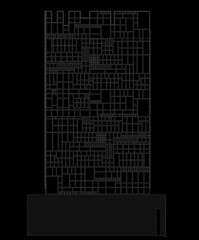
A presentation of cancellation may rule the treatment of the modern ruin. A design based on reuse of existing structure with existing local waste materials proposes a pervert recycling of the cancellation principle. The reflection for another version of a Tower in the port, should conclude at a prematurely ruined, unfinished but hospitable building. A particular sophisticated scenography would need to present an inhabited modern ruin more than a symbol of power. A partial presentation of its beautiful derelict structure oriented the elaboration of its facade.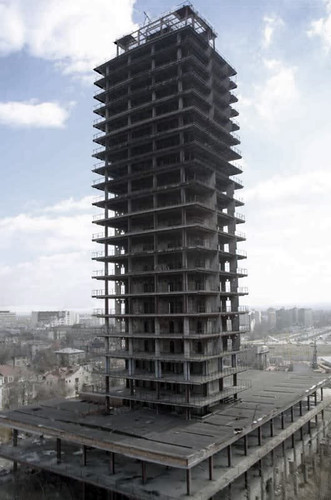

The tower is proposed as a monument of cancellation. This was the priority of the design. As such the Tower would have to be reinstalled in the port as a pervert, multiple move: at first, the building had to refer to its idiosyncratic past. This simple observation served as the starting point for the building's design. The tower was constructed as a technically challenging structure to prove the 'modern facade' of the seven-year dictatorship in Greece (1967-1974) and remained unfinished till now as the evidence of a failure. The notion of cancellation is the concept that determines the architecture.


The challenge for this design was to reinterpret this short history with an architecture that would treat the existing tower as a monument or as an idiosyncratic ruin. From the other side, an inhabitable interior office space was prescribed by the program of the competition.


A presentation of cancellation may rule the treatment of the modern ruin. A design based on reuse of existing structure with existing local waste materials proposes a pervert recycling of the cancellation principle. The reflection for another version of a Tower in the port, should conclude at a prematurely ruined, unfinished but hospitable building. A particular sophisticated scenography would need to present an inhabited modern ruin more than a symbol of power. A partial presentation of its beautiful derelict structure oriented the elaboration of its facade.






No comments:
Post a Comment